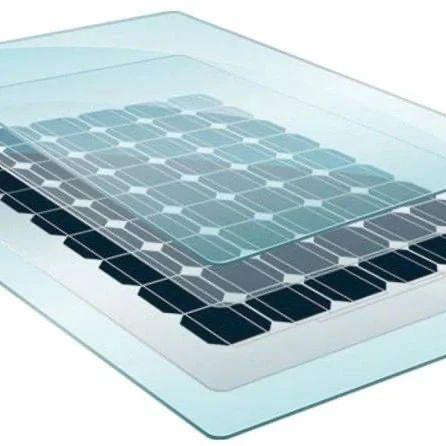

Understanding Low-E2 Glass The Future of Energy-Efficient Windows
In recent years, the demand for energy-efficient building materials has surged, driven by a greater awareness of climate change and the need for sustainable living. One such innovation making significant strides in the construction industry is Low-E2 glass, a sophisticated advancement in window technology that promises to enhance energy performance drastically.
What is Low-E2 Glass?
Low-E2 glass is a type of low-emissivity glass that features a microscopic coating designed to minimize the amount of infrared and ultraviolet light that passes through the glass without compromising visible light. Unlike traditional glass, which allows a significant amount of heat to escape from a building, Low-E2 glass reflects heat back into the room, significantly improving a structure's energy efficiency.
The Low-E designation refers to the low emissivity of the surface, specifically engineered to promote energy savings. The 2 indicates the number of layers or the specific performance characteristics tailored for residential and commercial applications. These coatings are typically made from silver or other metal oxides, which provide superior insulating effects while allowing for maximum natural light to illuminate indoor spaces.
Energy Efficiency Benefits
One of the most significant advantages of Low-E2 glass is its ability to enhance energy efficiency, leading to lower heating and cooling costs. By reflecting heat back into the interior of a building during winter and blocking excessive heat during summer, it helps maintain a consistent indoor temperature. Studies have shown that buildings fitted with Low-E2 glass can reduce energy costs by as much as 30-50% compared to traditional glass windows.
In addition to cost savings, Low-E2 glass contributes to environmental sustainability. By consuming less energy for heating and cooling, buildings reduce their carbon footprint, leading to lower greenhouse gas emissions. This is particularly crucial as cities and countries strive to meet increasingly stringent environmental regulations. By opting for Low-E2 glass, builders and homeowners can take proactive steps toward reducing their impact on the planet.

Improved Comfort and Aesthetics
Low-E2 glass not only enhances energy efficiency but also improves the overall comfort of a building’s interior. By minimizing draftiness and temperature fluctuations, occupants enjoy a more comfortable living or working environment. Moreover, since Low-E2 glass reduces glare and protects furnishings from fading, it helps maintain the aesthetic appeal of both residential and commercial spaces.
Installation and Considerations
While Low-E2 glass presents numerous benefits, it is essential for homeowners and builders to consider their specific needs before making a selection. The performance of Low-E2 glass can vary based on the geographical location, orientation of windows, and climate conditions. Therefore, consulting with a professional can help ensure that the right type of Low-E glass is chosen to optimize benefits.
Additionally, the initial investment in low-emissivity glass can be higher than traditional glass options. However, the long-term energy savings and potential increases in property value often offset these initial costs, making it a worthwhile investment.
Conclusion
As society continues to move towards more sustainable practices, the role of high-performance materials like Low-E2 glass becomes increasingly vital. Its capacity to enhance energy efficiency, provide cost savings, and improve living conditions while protecting the environment positions it as an indispensable component of modern construction. For those looking to make a significant impact on energy consumption in their buildings, Low-E2 glass offers an innovative and sustainable solution that aligns with both financial and environmental goals. Embracing such advancements not only benefits the individual but also contributes to the global effort of creating a more sustainable future.